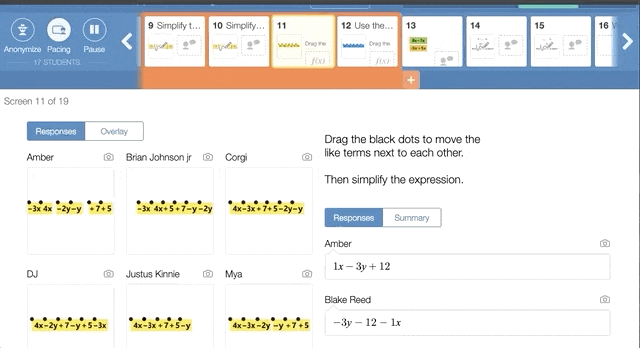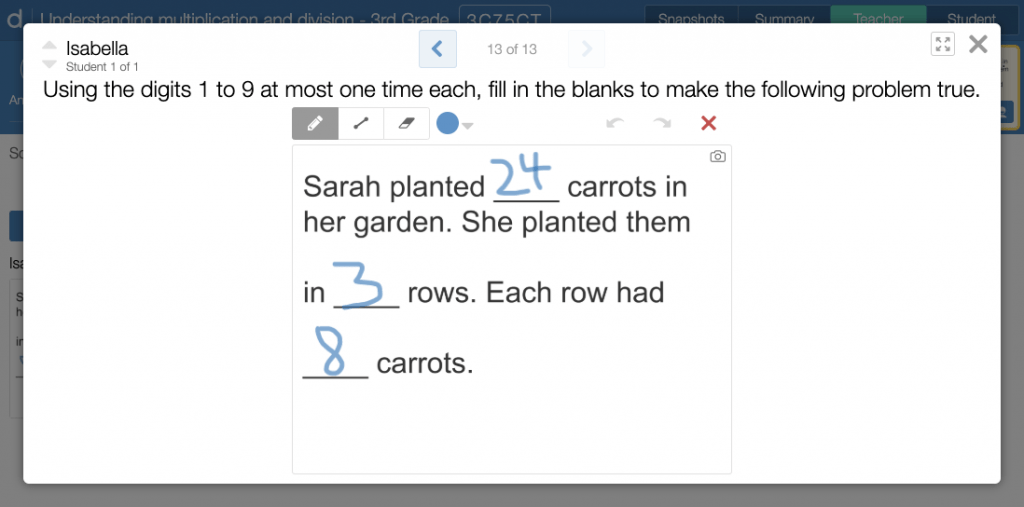I’ve been a fan of the Desmos activity platform for quite a while. If you’re teaching math and don’t know about it, stop reading and check it out now at teacher.desmos.com. I love the transparency the Desmos team places on their philosophy of learning math. I’ve read Dan Meyer’s blog posts about the thought invested into designing the platform and how it relates to how they believe math instruction could look and sound for students today. This post on orchestrating more productive math discussions is great! I often use this post on how Desmos designs learning activities, because it provides a good context for math teachers to reflect on their own practices.
It’s no secret that most of the content the Desmos team releases is designed for secondary students and teachers. If you glance at their teacher webpage, you’ll find it difficult to locate lessons for anyone under grade 6 or 7. The search bar on the teacher page only yields activities that have been approved or reviewed by the Desmos team. The platform, though, is free to use and if used effectively can result in quality learning experiences for younger learners. I’ve been working with a 3rd grade teacher during his 90-minute math block. I used the learning platform to design an experience his kids could use to review for a test they’re having the next day. The experience would be the first whole-group experience his kids have had with a Desmos activity. Mr. Shchurtz and I decided to utilize the pacing feature in the platform to move his students together, slide by slide, for most of the activity, since it was their first experience with it.
I can’t say enough about how engaged his learners were throughout the experience. We mirrored Mr. Schurtz’s Ipad to the projector through the whole lesson. I supported Mr. Schurtz in planning the activity, meaning we sat and looked at each slide trying to anticipate student responses, which slides would require a pause to interject instruction or support, and which sections we could allow students to work at their own pace.
During the experience, I quickly noted how the students responded to seeing their work projected on the board. Their motivation and attention skyrocketed! Even Mr. Schurtz made a statement about it during the activity. It was as if their work had more meaning knowing it was being shared with a wider audience. It’s worth noting, the Desmos learning platform allows a teacher to anonymize names when displaying student work, and you also don’t have to display the work at all.
As students draw or input their work on a slide, the teacher can view the work in nearly-live fashion. Mr. Schurtz noticed one student’s creativity when solving a problem, so he used the platform’s pause feature to pause everyone’s work simultaneously. Next, Mr. Schurtz asked Liam to explain his work to the class. You can view Liam’s explanation and the classes response here.
I left the experience encouraged by the rich conversation and the depth of thinking that was required of the students. It was almost as if the rigor of thought or the effort that was required was disguised as something fun.



